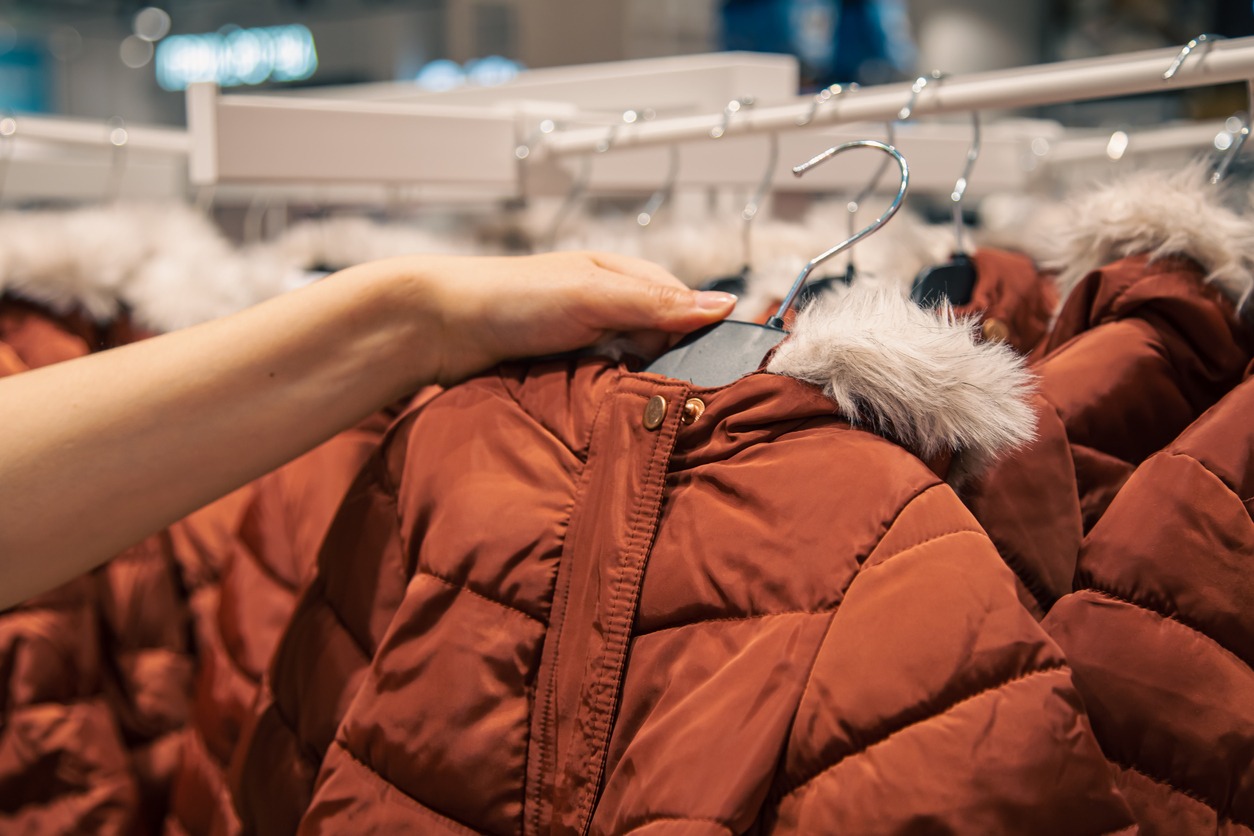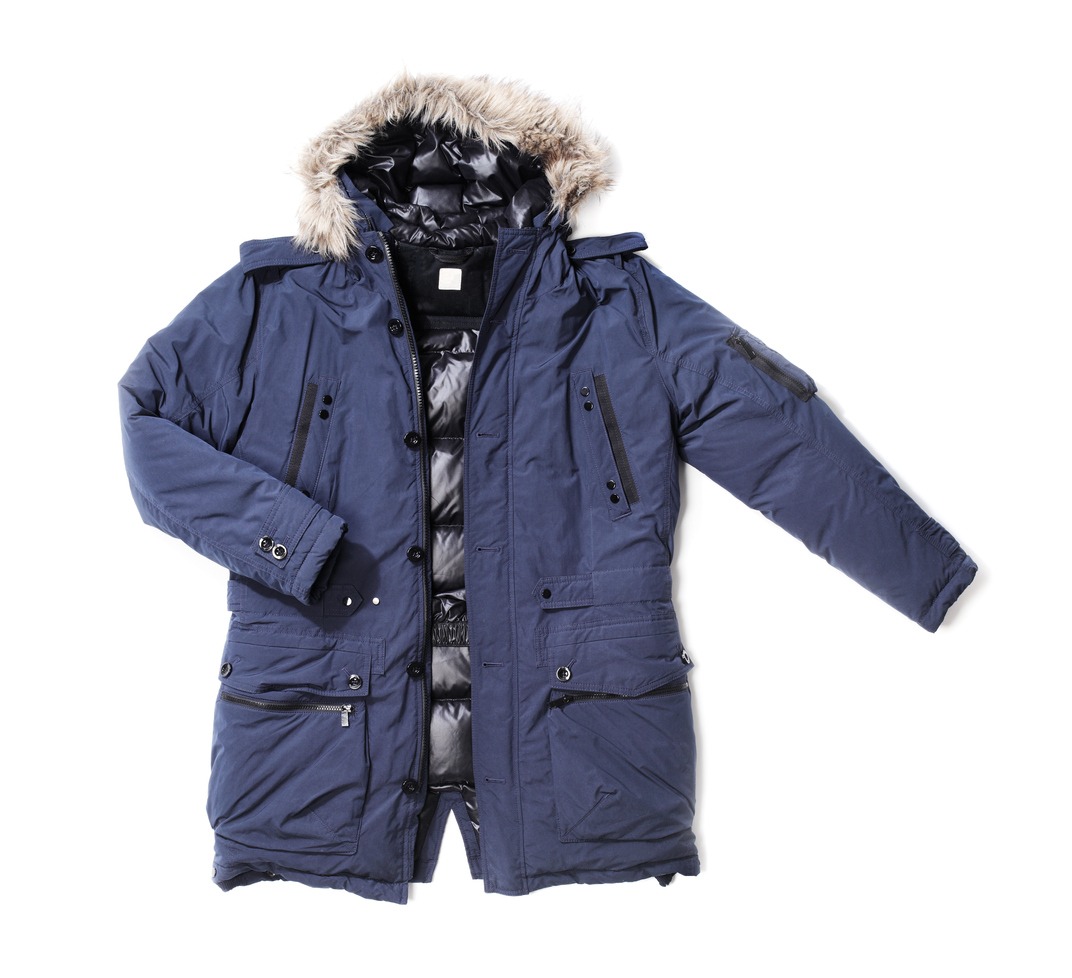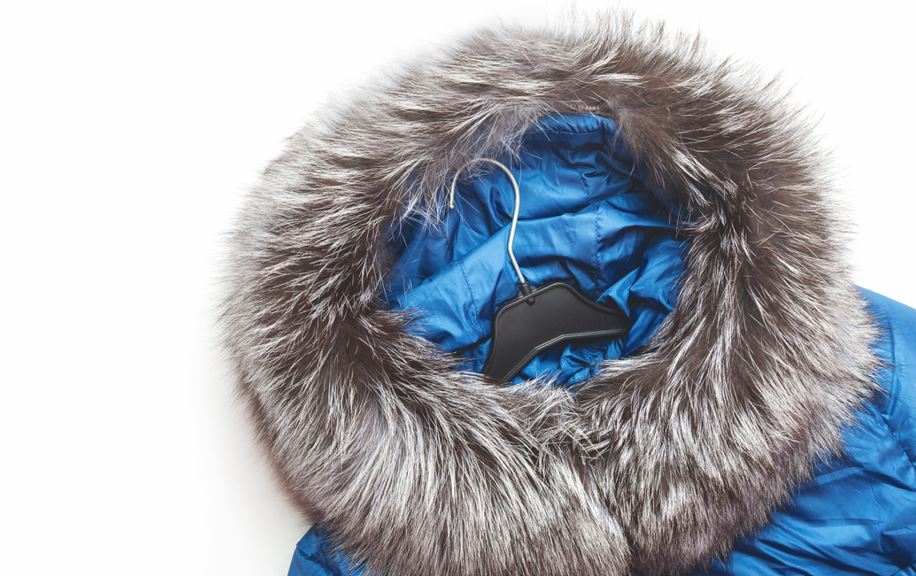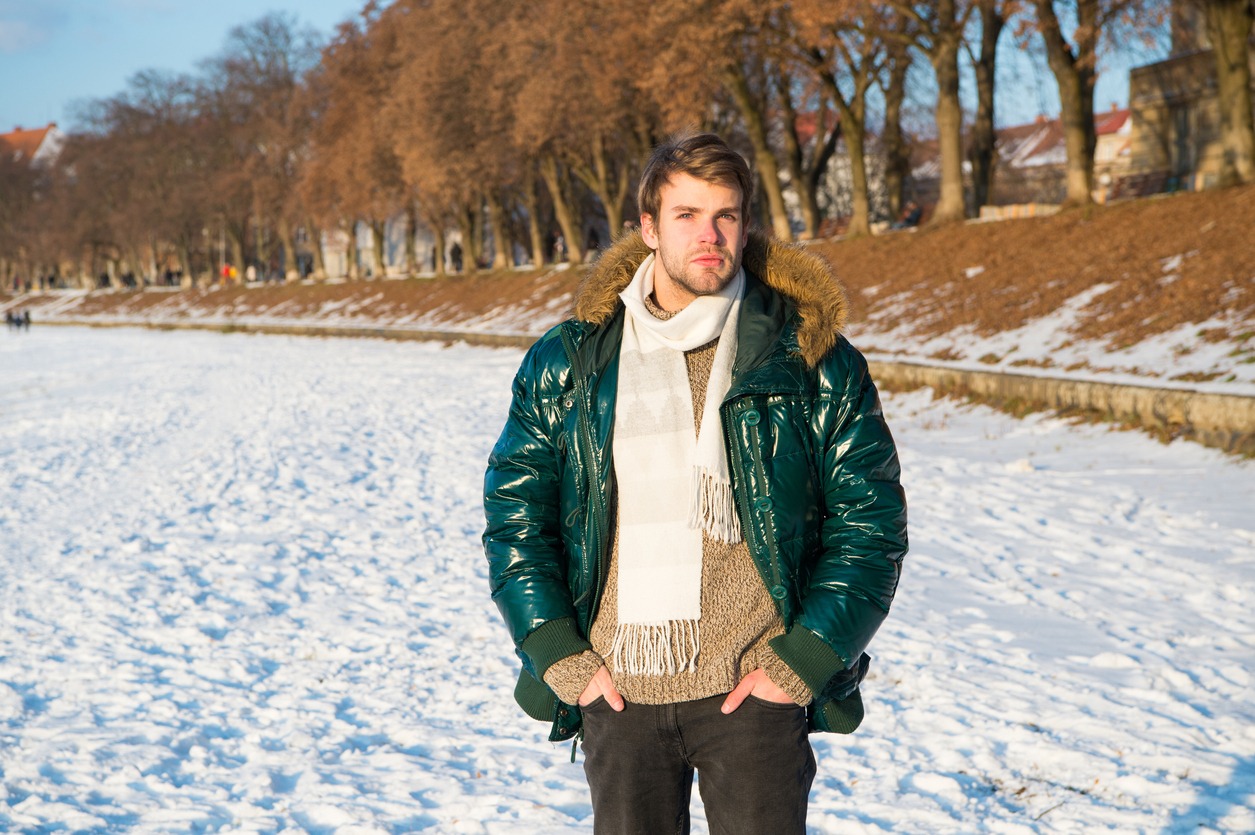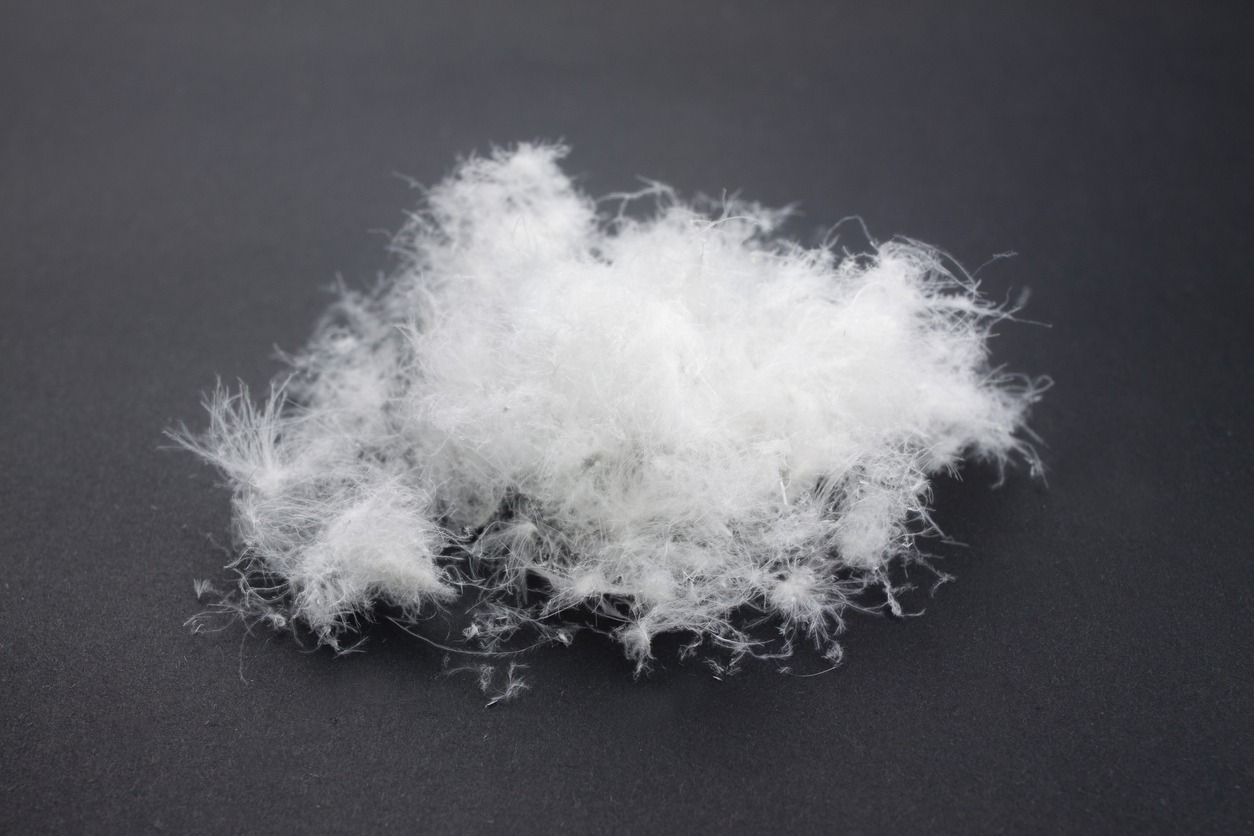You’ll come across a wide range of jackets when searching for something to beat the cold. Down jackets are perhaps the most popular, especially in regions where it gets chilly. These are lightweight, warm, comfortable and stylish, making them a must-have for cold weather and outdoor activities. These jackets provide superior warmth without adding bulk or weight and are available in a variety of styles and colors.
The term down jackets is often used interchangeably with puffer jackets or insulated jackets. These jackets can either be filled using synthetic materials such as polyester or real duck feathers. A down jacket is considered a symbol of quality and although more expensive than jackets made out of synthetic materials, it has some unique properties that no man-made material can match.
In this post, a down jacket means a jacket filled with real duck /geese feather and not just any man-made material. Before moving on to why you should consider investing in a quality down jacket, let’s first explore what’s so special about duck feathers that makes these jackets so desirable.
What Makes Down Jackets So Special and Why Should You Have One?
Down jackets are the perfect addition to your wardrobe for daily use during cold weather. With a variety of styles, materials, and features, they offer a great way to stay warm while still looking fashionable. Here is what else makes them so special:
Keeps You Warm, An Excellent Insulator
One of the main advantages of wearing a down jacket is that it keeps your body warm even when exposed to cold climates, thanks to outstanding insulation properties of duck down. The high loft material used in down jackets captures warm air around you and prevents it from escaping.
Packable and Lightweight
Another special feature of down jackets is that they’re highly packable and lightweight. Not only do they take up less space when stuffed into a bag or backpack, but they also weigh considerably lighter than their counterparts . This makes them perfect for travelers who are looking to save space while staying warm on their trips.
Highly Insulative
Down feathers provide greater insulation than synthetic alternatives. Their natural construction helps capture warm air better around the body. Plus, the pockets or cavities that form between each feather create an insulative layer that protects from cold air outside and locks the warm air inside the jacket itself.
Variety of Styles
From classic puffer styles to parka jackets, there are plenty of different styles to choose from. This makes it easy to find one that fits your specific needs when it comes to aesthetics as well as function. Whether you’re looking for something casual or more formal, there’s sure to be an option that fits perfectly with your desired look!
Trendy
Because the presence of down jackets has become so commonplace these days, they can also be seen as a fashion statement. With many companies offering stylish colors and designs, you can find one that would look great on you while still providing all the necessary protection from cold climate.
Types of Down Jackets
There are many types of down jackets currently available on the market. In this section, we go over the most common options you’ll come across while shopping.
Puffer
A puffer jacket is a classic style of down jacket that focuses on providing insulation in cold climates. Puffer jackets usually consist of a series of quilted squares or panels filled with duck or geese down. The quilting helps trap heat and make the jacket more efficient in keeping you warm. Plus, some puffer jackets are designed with adjustable cuffs and hoods to help keep you even more insulated.
Parka
Typically longer than other down jackets, parkas have an extended length that covers most of your torso and upper legs. This style of jacket is great for added warmth and protection against harsh conditions like wind and rain. A number of parkas also have removable hoods and fur trimmed cuffs for further insulation and style.
Hooded
Hooded down jackets are similar to puffer jackets in terms of design, but feature an attached hood for extra protection from elements like wind and rain. They usually come with adjustable drawstrings for a custom fit around your head and face. Some may also have elastic cuffs or a collar for added protection from the cold air outside.
Things to Consider When Buying a Down Jacket
All down jackets are not created equal. Although price is usually a good indicator of how well a down jacket is made, there are some key factors to consider when buying one including the following:
Fill Power
Fill power refers to a measurement unit (volume occupied by one ounce of down per cubic inch) used by manufacturers to indicate how warm a jacket will be. In simple words, it’s the fluffiness of a down jacket. The higher the fill power, the more loft there is and fluffier the jacket will be. A higher fill power = better insulation. 400-500 is considered to be medium fill power, while 500-650 fall in the good to very good range.
Down To Feather Ratio
The proportion between fill materials is another important factor that must be taken into consideration when choosing a good quality down jacket. There’s usually a mix between feathers & down fill materials used inside down jackets. Higher ratios signify better insulation capabilities, so try & get one that has at least 80/20 ratios (feather/down). Down is loftier, weighs less and insulates better than feathers, so you need more of it for better insulation.
Durability
All fabrics used on down jackets tend to have some level of water resistance but depending on what type you go for, some will have more than others. Fabric thickness is measured in denier, or “D,” and the lower, the number the thinner the shell fabric.
While most quality-made down garments will last at least a few years – if cared properly. Many companies offer durable treatments that increase the lifespan of these jackets. So keep an eye out for these when purchasing one yourself.
Waterproofing
A good quality down jacket should always have some form of water repellent treatment. This increases its ability to withstand rain/other incidents involving moisture contact. If you want your jacket to stand up against harsh weather conditions such as rain or snow, you need a waterproof down jacket, otherwise synthetic materials are a better choice.
Weight
Lightweightedness is one of the biggest advantages of down jackets, but even down jackets can be lighter and heavier. Unfortunately, like most products, there’s usually some trade offs between weight and performance when it comes to down jackets. Heavier down jackets tend to offer more protection from wind, but at the expense of added weight. If portability is something that concerns you then opt for light weight down jackets. They may not be as thick, but will still provide warmth without having too much bulk around your body.
Fit
Precise fitting maximizes the insulation potential whilst providing coziness. Your jacket should be tailored specifically according to your body type; if it’s too tight then there won’t be enough room for extra layers underneath and your body might not be able to get rid of moisture. On the other hand, loose fitting jackets won’t provide good temperature regulation during colder months. Similarly, tight fitting jackets may restrict mobility and cause more wear and tear. Ideally, find something closely hugging, yet comfortable and not too tight.
Cost
Last but not the least, consider how much you’re willing to spend on your new purchase. High quality down jackets can cost a lot of money. But don’t let this put you off buying something that will keep you warm for years to come. If you are tight on a budget, consider buying one in off-season when these are available at massively discounted prices.Sometimes shopping around can yield surprising results so don’t be afraid to browse different retailers before committing to a particular brand.
Disadvantages of Down Jackets
Like almost everything else, down jackets also have their disadvantages. Their biggest disadvantage is that once a down jacket gets wet, it loses its ability to insulate. Here are some other things that you should know:
Expensive
While many affordable down jackets exist in the market, similar types of jackets made using synthetic materials generally cost considerably less. So factor in the budget before taking the plunge!
Loft can Start Leaking
Being composed of feathers means small spaces exist between individual pockets. These allow air to escape, causing loss of insulation capabilities. This can happen over time or after laundering. However, it can be easily managed by manually spreading the loft by touch.
Takes a Long Time to Dry
Since feathers absorb large amounts of liquid during exposure, down jackets can take a long time to completely dry from a few hours up to a few days depending on outside conditions.
How To Take Care of and Maintain a Down Jacket?
Always follow the manufacturer’s instructions on how to wash, dry and maintain a down jacket. The following are some common tips for taking care of a down jacket.
Washing
When cleaning a down jacket, it’s important to follow specific washing instructions. It ensures proper care and long-term performance. Most manufacturers recommend using mild detergents in cold water settings with gentle agitation in order to maintain the material’s integrity. Using harsh chemicals or temperatures too hot during its cleaning process can compromise its insulative qualities and cause damage.
Drying Tips
It’s best practice not to dry clean any type of down jacket. The harsh chemicals commonly used in dry-cleaning processes can cause damage to the garment. Machine drying/spinning also isn’t an option due to its delicate nature. So air drying is the way to go. Just make sure not to hang it out directly under direct sunlight as this could cause fading or discoloration over time.
Storage
In terms of storage, try not to compress your down jacket too much inside bags. Compression can reduce their loft over time which could compromise their insulative properties. Similarly, avoid placing any types of weight on top of down jackets during long term storage. Either use hangers or simply lay them flat across shelves.
Down vs. Synthetics
The decision between selecting either a synthetic or down insulated garment ultimately comes down to the expected conditions. Synthetics tend to perform better under wet conditions than natural materials due to their hydrophobic properties. They remain insulative even when wet.
In comparison, goose or duck-derived materials tend to clump together once exposed to moisture and liquids and lose their insulating abilities.
Conclusion
Down jackets are a winter wardrobe staple, and they’re becoming more and more popular each year. They’re lightweight, warm, and comfortable to wear, and they’re a great way to stay warm while being stylish. Plus, they also come in a range of styles and fabrics to suit everyone’s needs. Whether you’re a mountaineer or just looking for an everyday jacket, there’s a down jacket for you.
